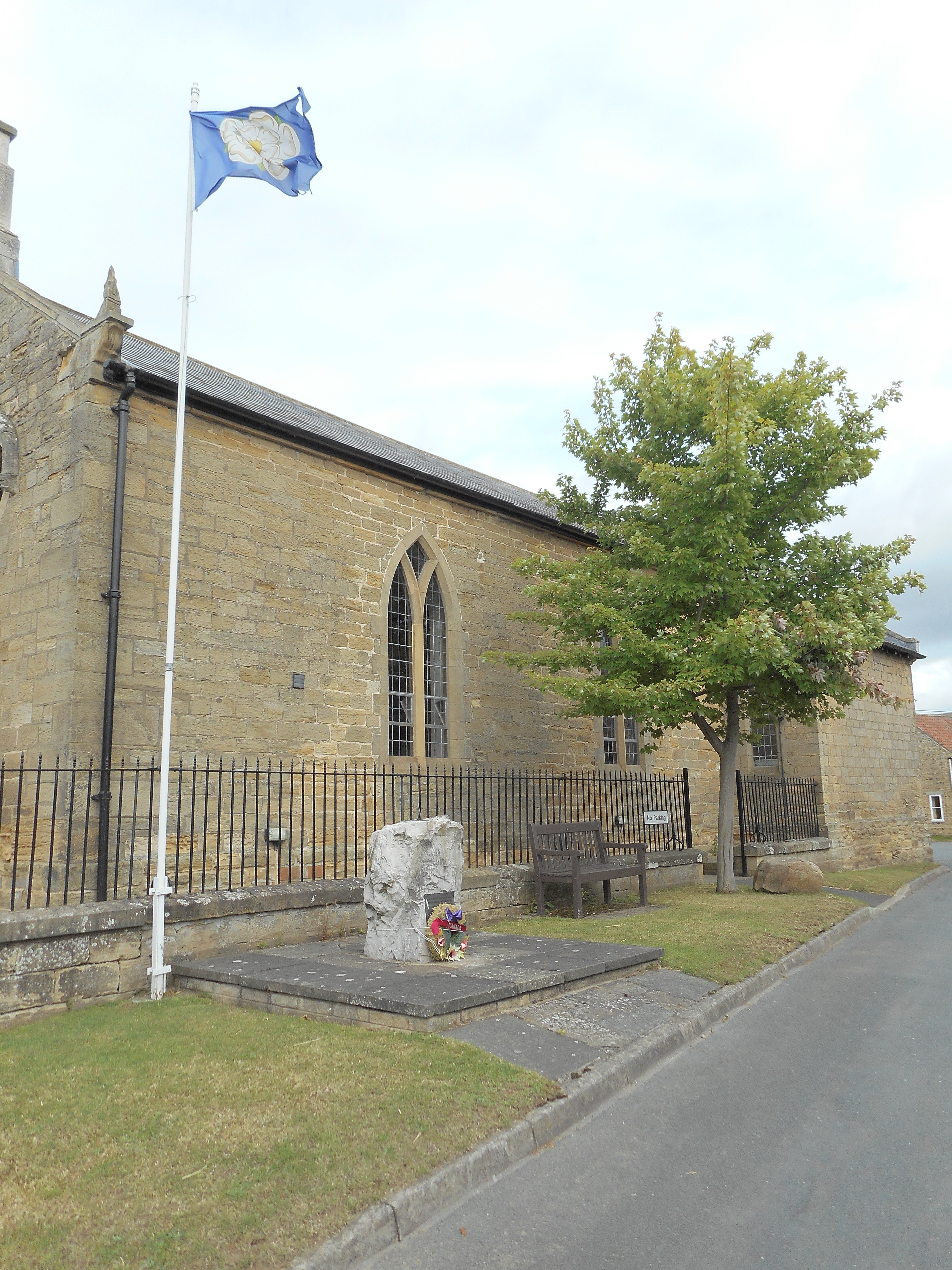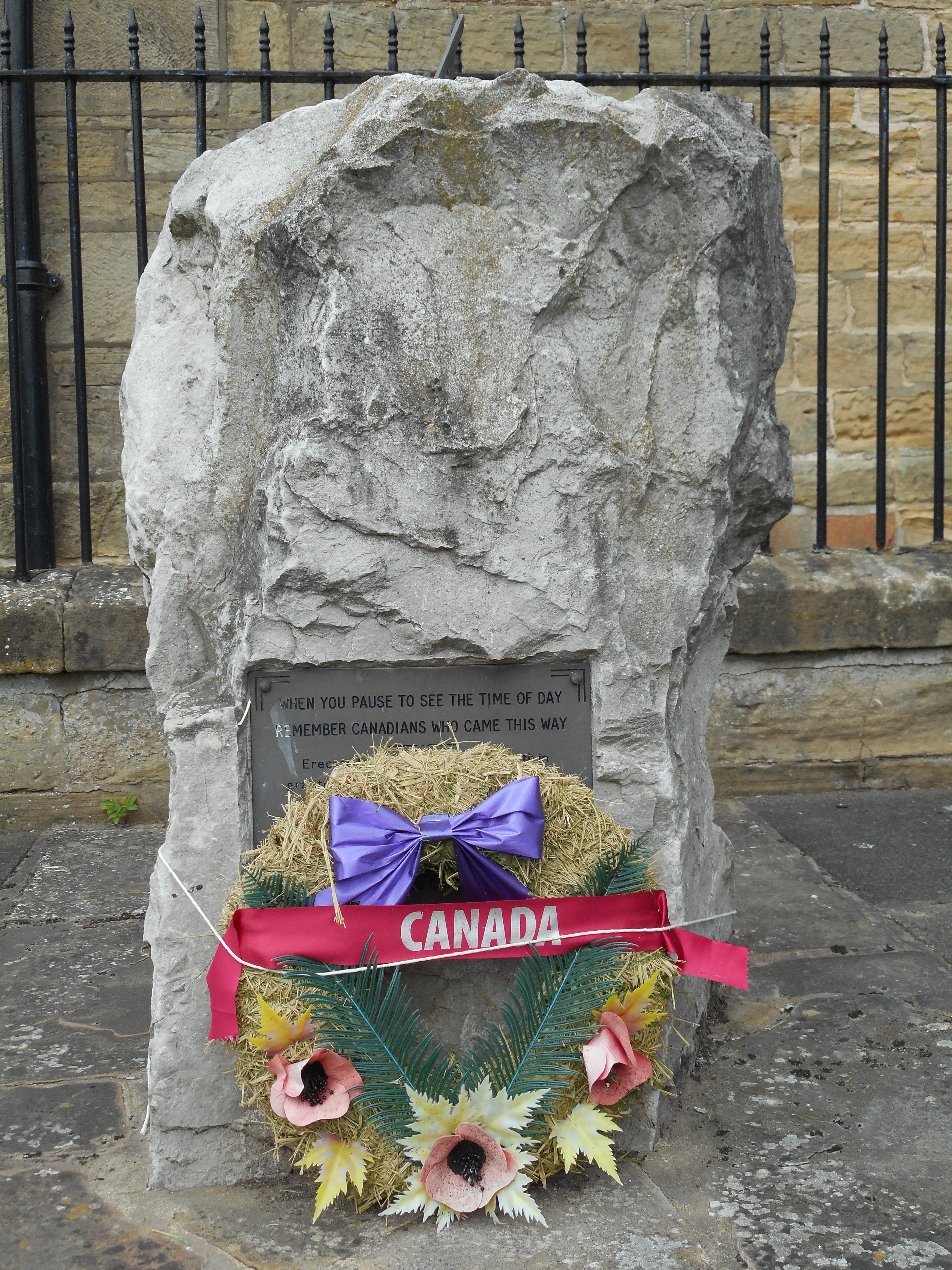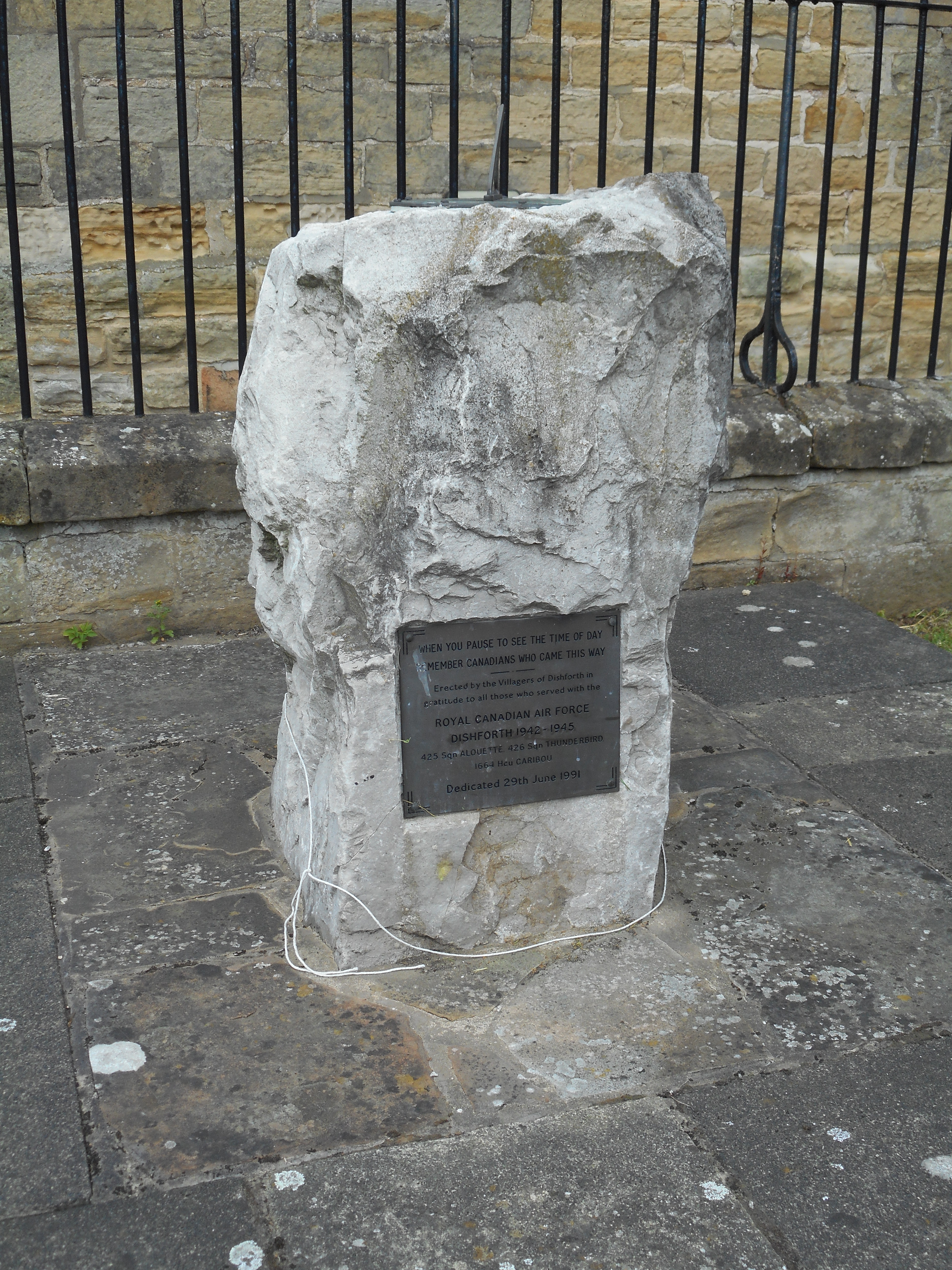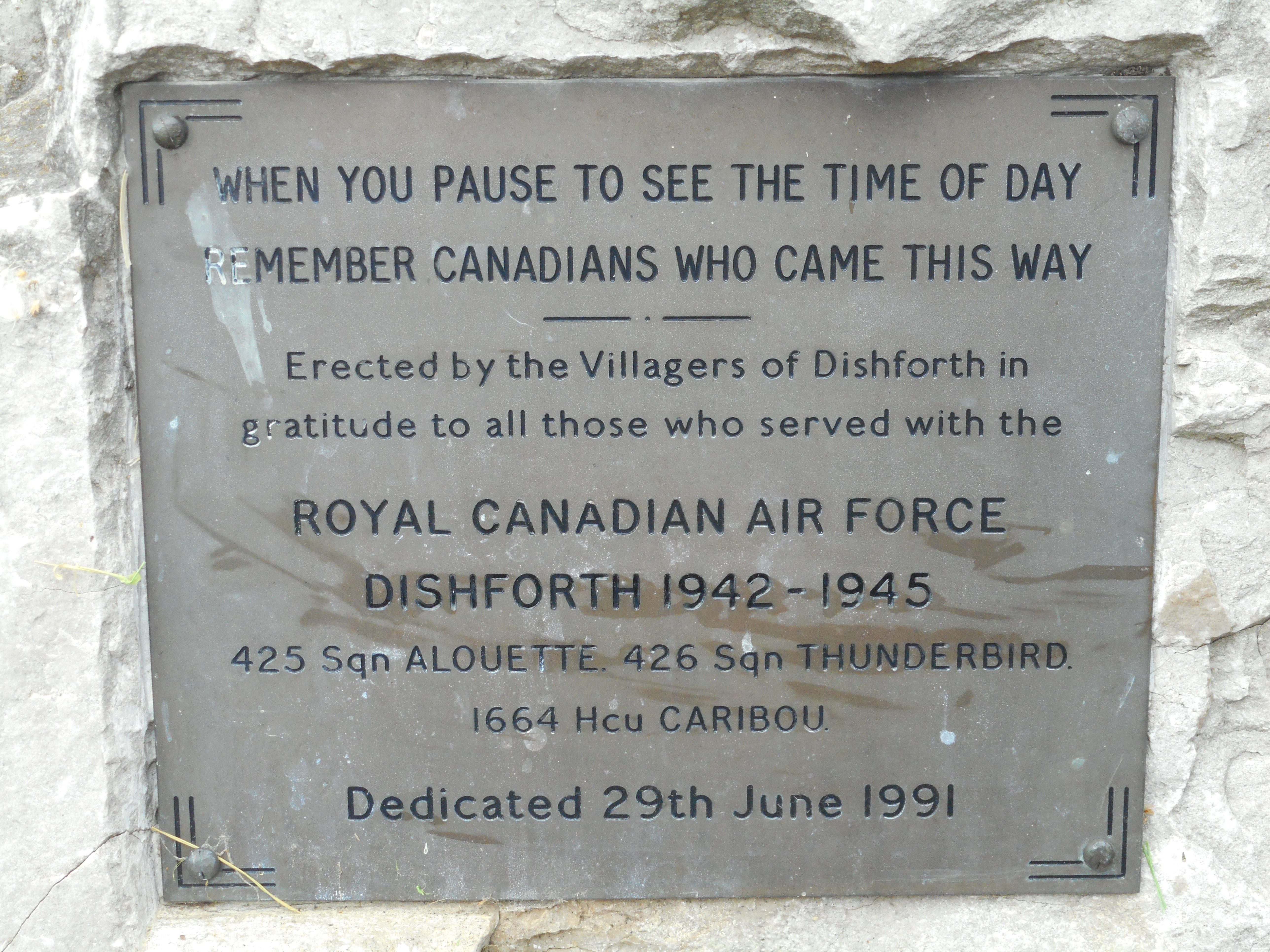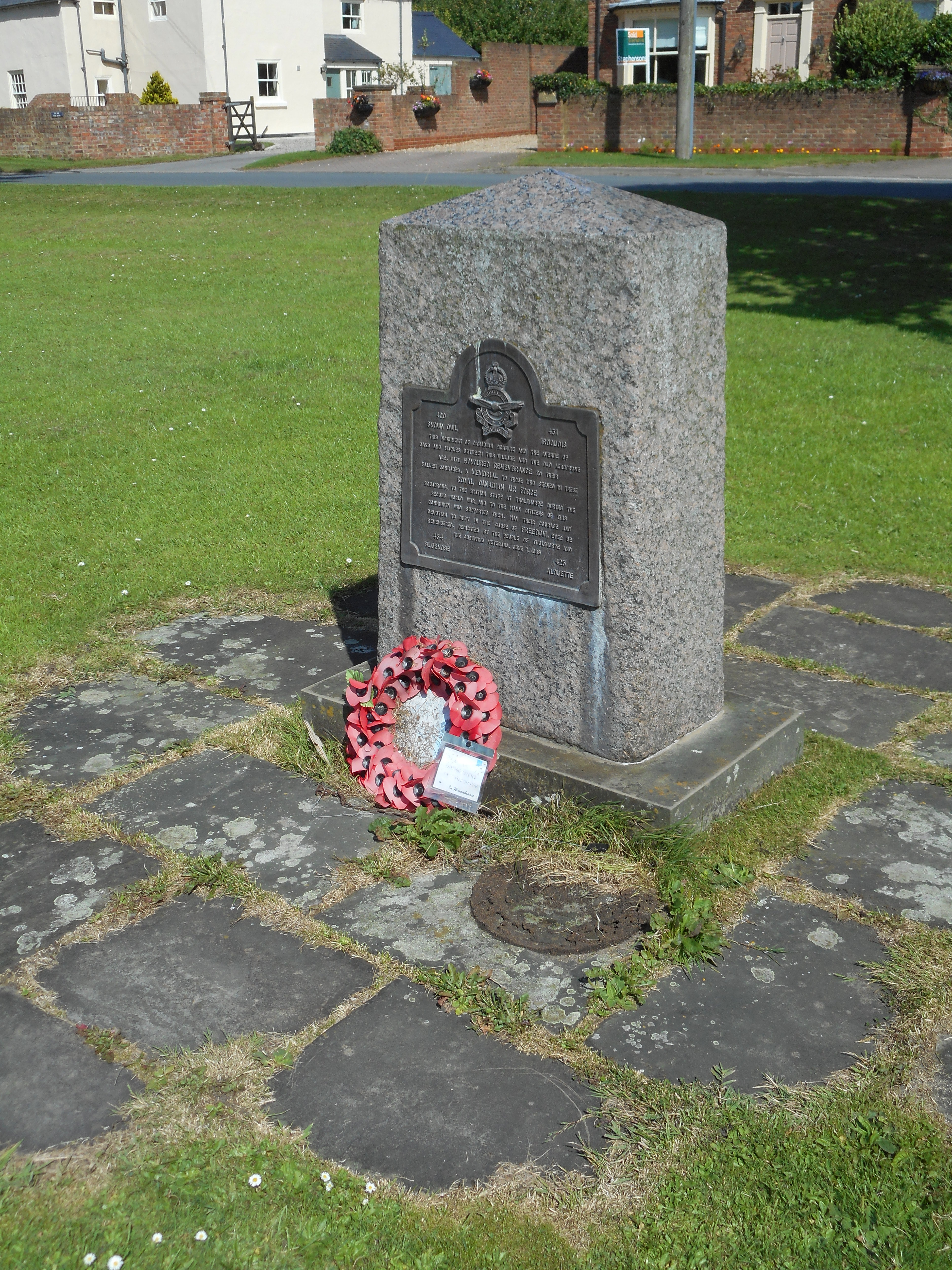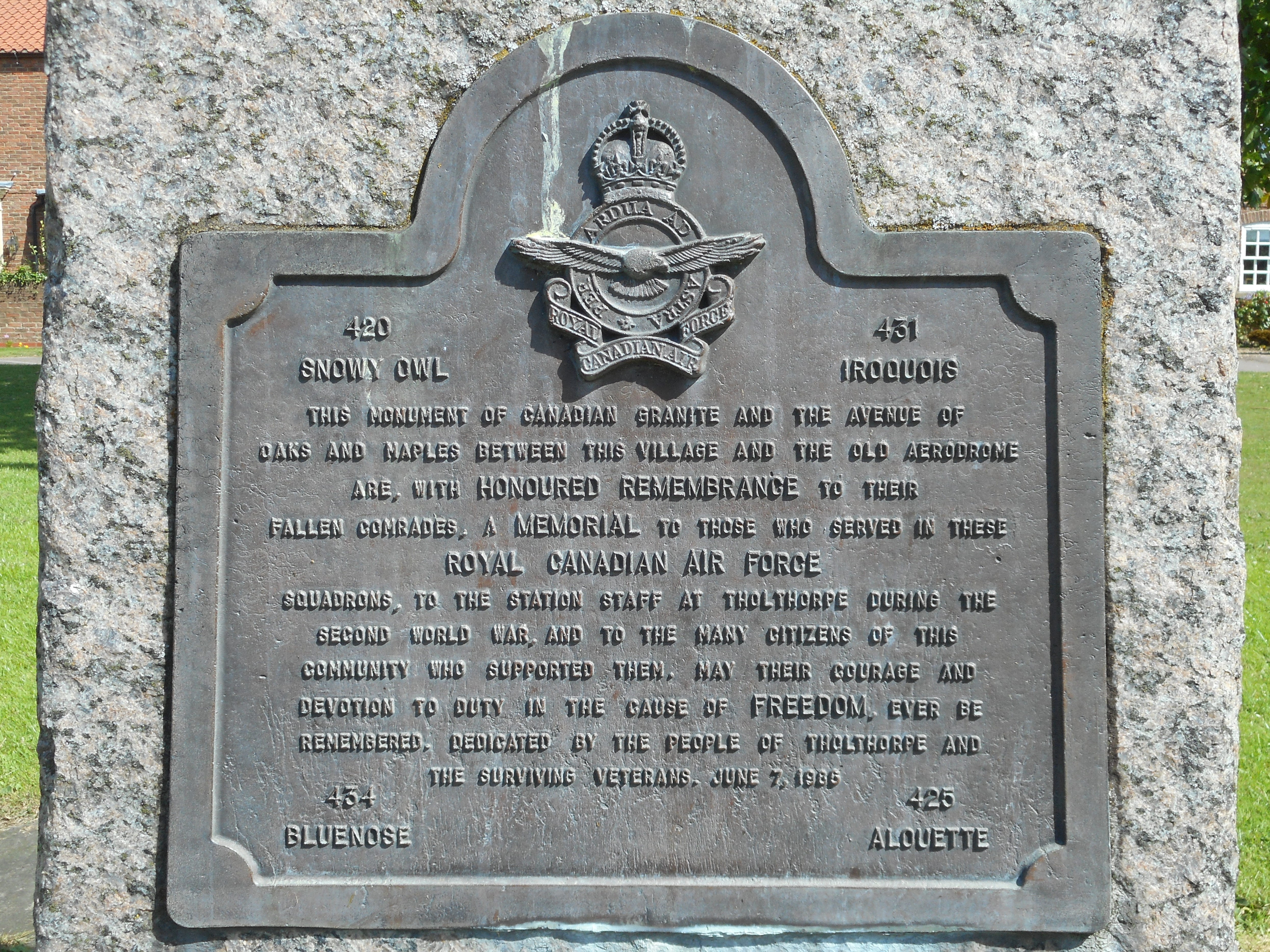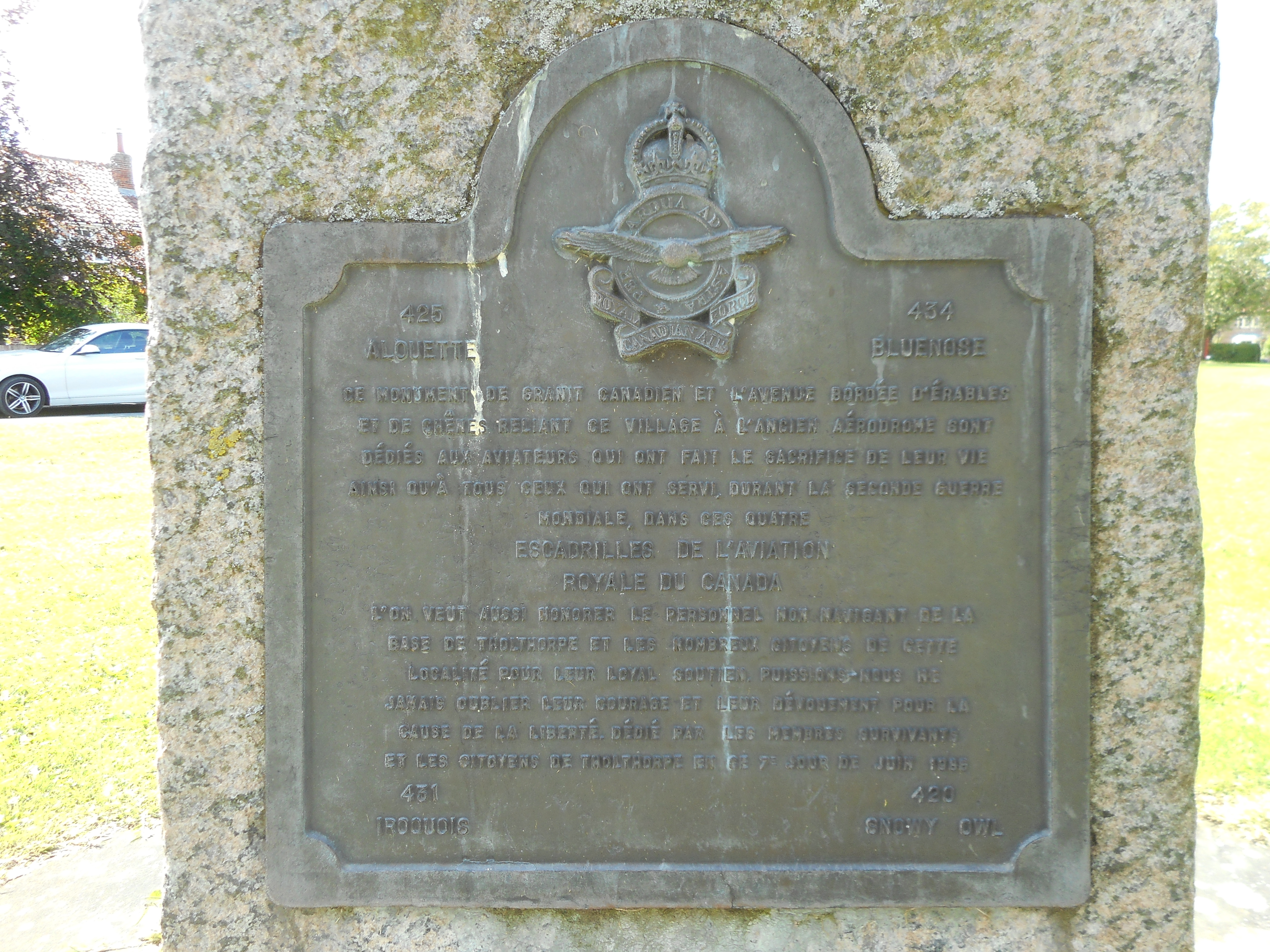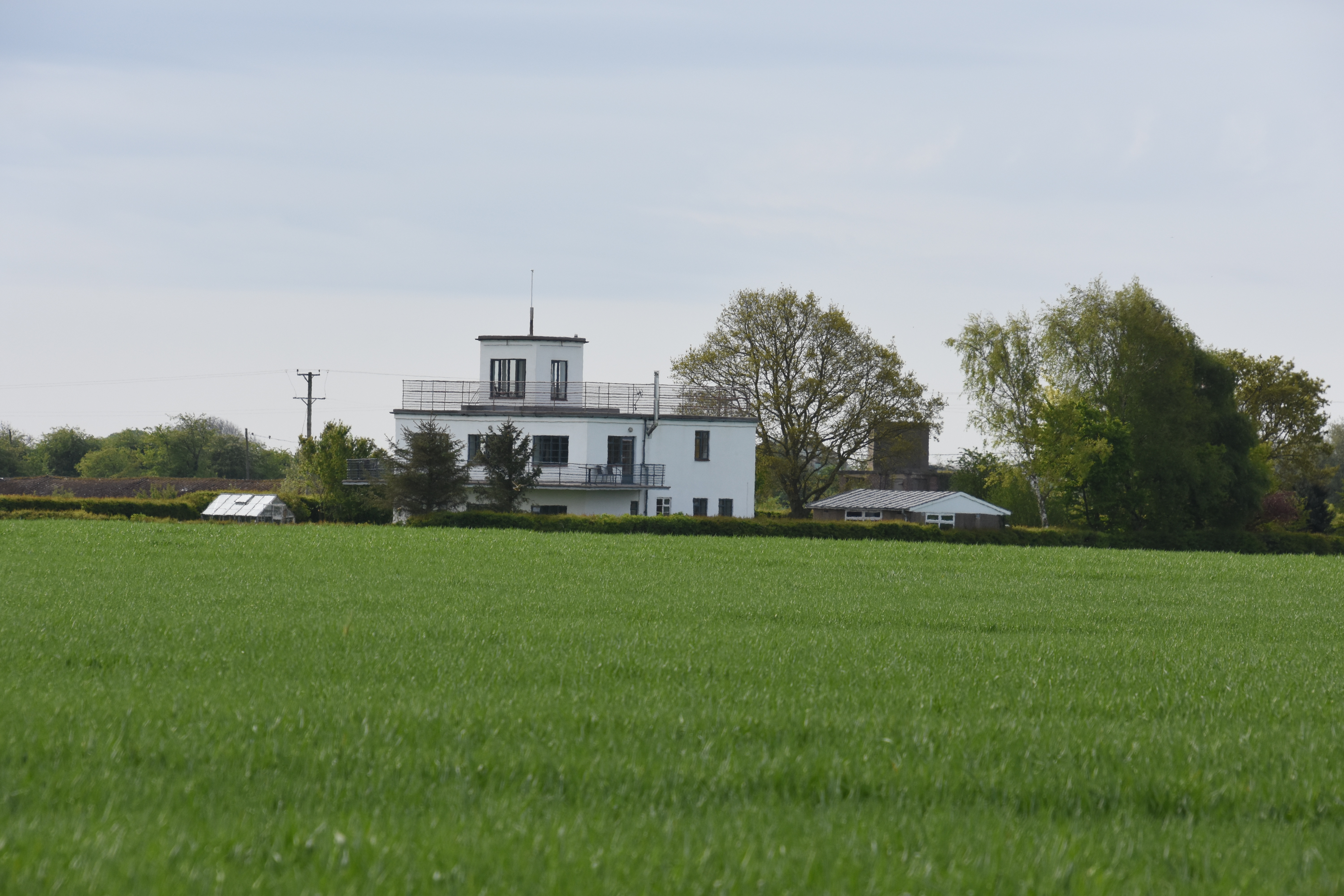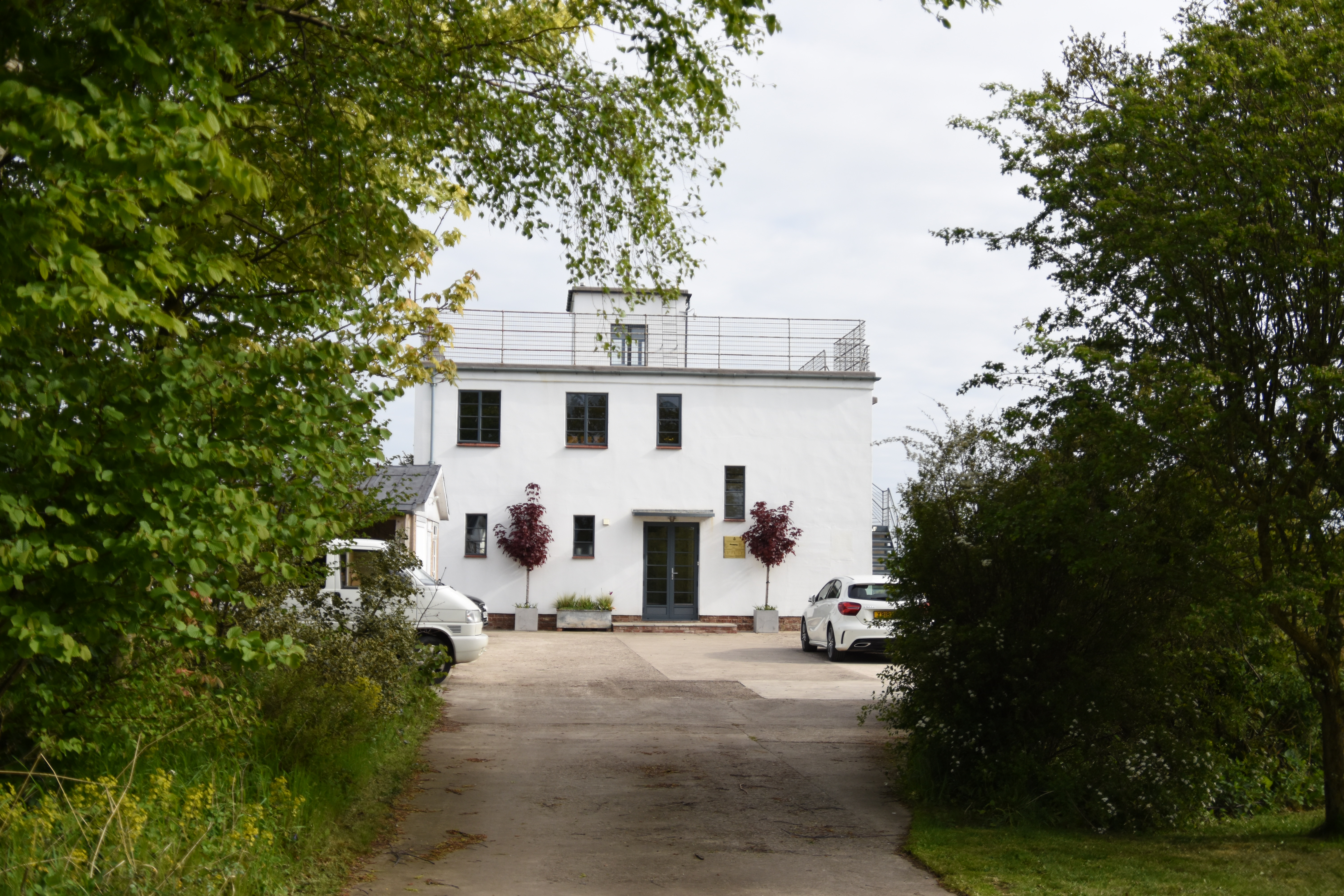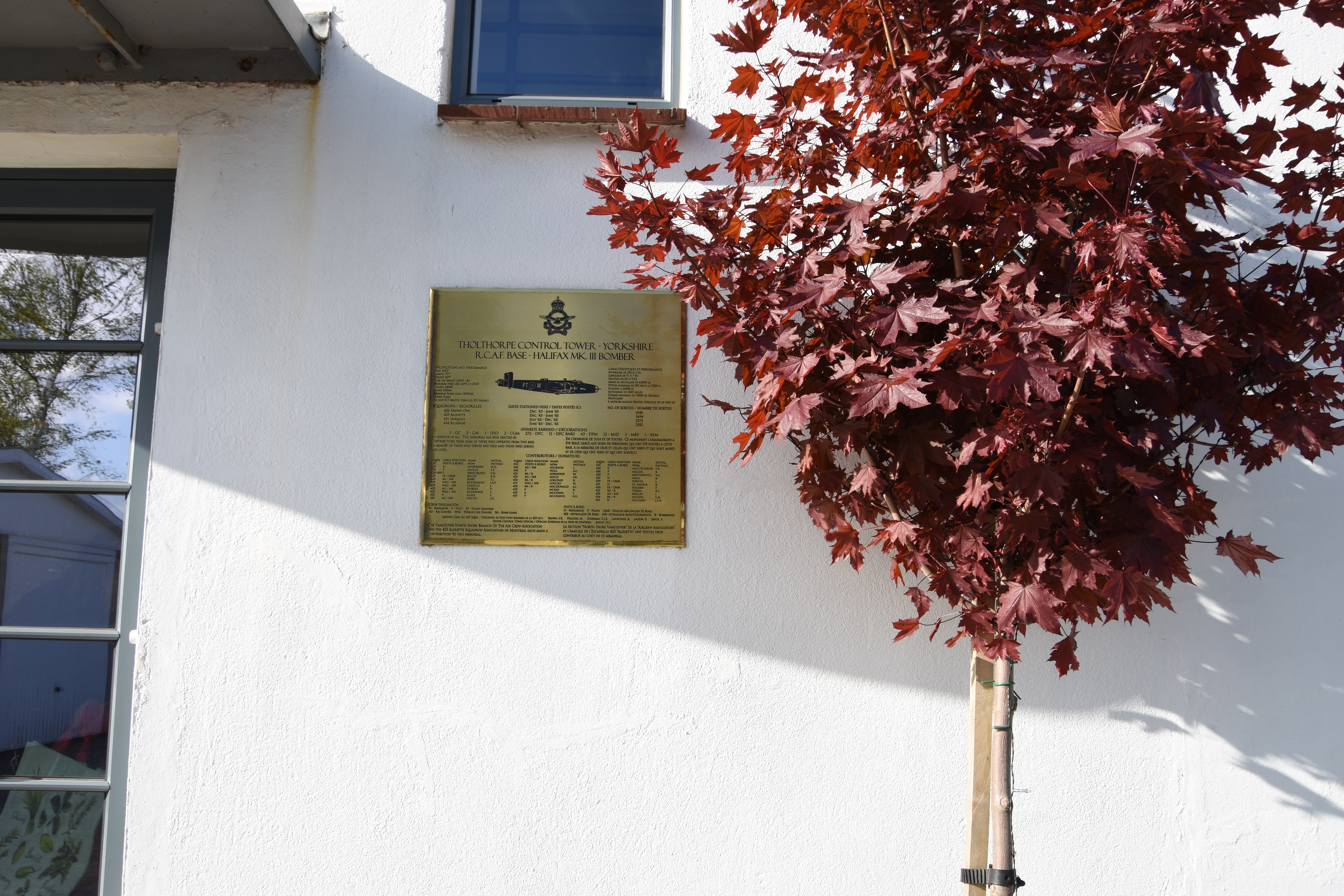Eade, Francis Harvey
Personal Information
| Rank | P/O |
| Forename(s) | Francis Harvey |
| Surname | Eade |
| Gender | M |
| Age | 21 |
| Decorations | |
| Date of Death | 14-10-1944 |
| Next of Kin | Son of Matthew Henry Eade and Edgarita Eade (née Harvey), of Timmins, Ontario |
Aircraft Information
| Aircraft | Handley Page Halifax III |
| Serial Number | MZ674 |
| Markings | KW- Nobody's Baby |
Memorial Information
| Burial/Memorial Country | Germany |
| Burial/Memorial Place | Reichswald Forest War Cemetery |
| Grave Reference | 9. A. 1. |
| Epitaph |
IBCC Memorial Information
| Phase | 2 |
| Panel Number | 159 |
Enlistment Information
| Service Number | C/95153 |
| Service | Royal Canadian Air Force |
| Group | 6 |
| Squadron | 425 (Alouette) |
| Trade | Flight Engineer |
| Country of Origin | Canada |
Other Memorials
| Location | Outside Village Hall, Dishforth, North Yorkshire |
| Country | United Kingdom |
| Memorial Type | Memorial Stone and inscribed metal plaque |
| Memorial Text | In memory of the Canadian aircrew of 425 and 426 Sqns RCAF who served at RAF Dishforth, 1942-1945 |
| Location | Village Green, Tholthorpe, North Yorkshire |
| Country | United Kingdom |
| Memorial Type | Memorial Stone, inscribed metal plaque and Maple Tree |
| Memorial Text | A memorial, in French, to those Canadians who served at RAF Tholthorpe during WW2, including 425 Sqn |
| Location | Former Control Tower, Tholthorpe Airfield, North Yorkshire |
| Country | United Kingdom |
| Memorial Type | Inscribed Metal Plaque |
| Memorial Text | A memorial to those Canadians who served at RAF Tholthorpe during WW2, including 425 Sqn |
Miscellaneous Information
| Francis was born on 13 November 1922 in Timmins, Ontario. His father worked as a Gateman at Hollinger Gold Mines and both parents were born in Cornwall where they married, in Redruth, in 1920. He was one of four children with a brother Percy and sisters Everil and Millie. Francis attended Timmins Public School 1928-1937, (General education) and then the Timmins Vocational School 1937-1940 studying electricity. Francis also spent four years in the Cubs , four in the Boy Scouts and another two in the Rover Scouts. He worked as an apprentice in the machine shop of Hollinger Gold Mines 1940-1941 until enlistment at North Bay, Ontario on 30 June 1941. He enjoyed playing rugby with his friends, cycling and rowing and particularly liked skiing In winter and hiking in the bush. He also liked fishing and running. His hobby was machine and electrical work. |
| After initial training he embarked on 11 December 1942 and arrived in the U.K. at 9RC on 19 December 1942, 3 ACRC 22 November 1943 and 21 ITW on 11 December 1943. He then went on to 61 Base on 10 June 1944 before reaching 425 Squadron on 31 July 1944. He was lost on his seventeeth operational sortie. Eade Lake, District of Cochrane, Ontario was named in his honour in 1958. |
| In 1949 the crash site was excavated and a pipe which was broken in two places found close to one of the bodies. Both of the bodies, those of Crabtree and Eade, we badly decomposed and the pipe offered the only means of possibly identifying which body was which. Letters were sent to the next of kin and a reply from Eade's family confirmed that he was a pipe smoker and had written home saying that he had broken it and asking if they could send him a new one. Meanwhile Crabtree's family confirmed he was not a pipe smoker, allowing the bodies to be positively identified. |
Commonwealth War Graves Commission
Fellow Servicemen
Last Operation Information
| Start Date | 14-10-1944 |
| End Date | 14-10-1944 |
| Takeoff Station | Tholthorpe |
| Day/Night Raid | Day |
| Operation | Duisburg. 1013 aircraft on Operation Hurricane- to demonstrate to the enemy the overwhelming air superiority of both Bomber Command and the US 8th Air Force. RAF fighters provided an escort. 957 bombers dropped 3574 tons of high explosives and 820 tons of incendiaries. 14 aircraft were lost (1.4%). By comparison, the US 8th Air Force despatched 1251 and 749 fighters with more than 1000 dropping their bomb load on Köln. 5 bombers and 1 fighter lost. No enemy fighters were seen on either raid. |
| Reason for Loss | Hit in the starboard wing by flak shortly after released their bomb load. Although the shell passed through the wing without exploding, the wing caught light. The pilot dived in an attempt to put out the fire without success., after which he reduced the air speed and ordered the crew to bale out but not all of the crew were able to oblige. P/O Hogg was amongst those who were able to escape but his parachute failed to open and, although still alive when the German authorities located him, he died before they were able to get him to hospital. F/O Butler's body was found in the same field as the aircraft crashed and the bodies of P/O Eade and P/O Crabtree remained in the aircraft until it was excavated. |
